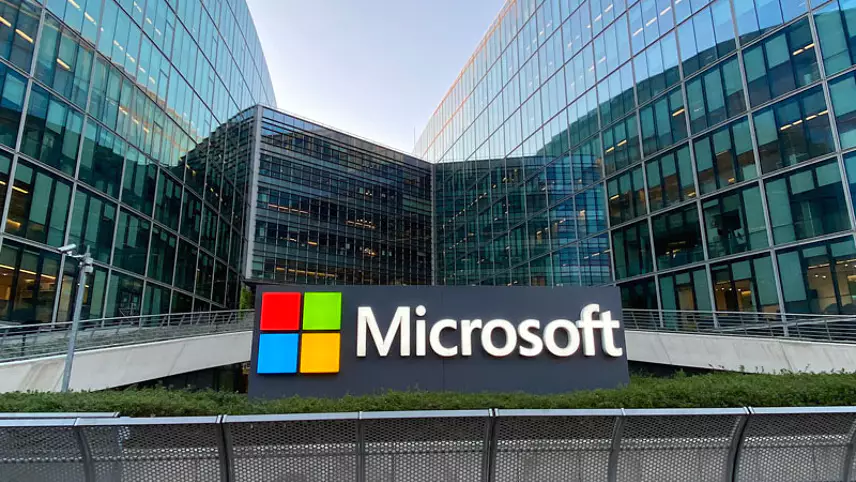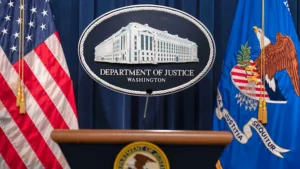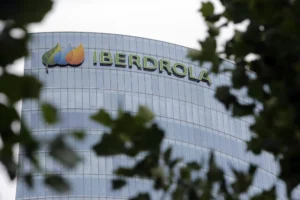By: Charles Benisch, Senior Director of Renewable Advisory at ENGIE Impact
Renewable energy assets are surging across the globe at record rates bolstered by emissions reduction commitments and historic growth in energy demand.
At this crucial crossroads of energy growth and climate change mitigation efforts, corporations across all industries must assess and prioritize renewable energy strategies. Businesses that adopt actionable, comprehensive renewable energy plans can make measurable progress toward their climate commitments without adversely impacting their bottom line.
Short-term tactics with long-term benefits
Every company’s renewable energy strategy is unique. But when sustainability and financial goals clash, these three tactics can align everyone.
- Prioritize renewable energy tactics with clear cost reduction benefits. Executives, investors and other financial decision-makers may be unwilling to sign off on plans that voluntarily increase costs, no matter how beneficial they might be from an environmental, social, and governance (ESG) perspective. When keeping costs low is a priority, consider approachesthat deliver cost reductions, like community solar subscriptions, or even drive earnings, like renewable energy tax credits.
- Frame decisions in terms of mitigating long-term risks. Companies today can face bothshort-term legal risks and long-term energy cost risks if they don’t monitor trends and plan accordingly. Instances of litigation over corporate “greenwashing” andmisrepresentation of climate impacts is on the rise – investing in renewable energy purchases can mitigate these risks and offer a less costly path to sustainability. Additionally, growing electricity demand could expose companies with considerable energy costs to volatility and price risks. By monitoring market projections and exploring options that can limit exposure to these risks, like renewable energy contracts, companies can stay profitable while also make progress toward climate goals.
- Bridge resource and knowledge gaps. At large corporations where teams might be siloed and unaware of shared goals or collaboration opportunities, knowledge and resource sharing processes must be established. When sustainability teams become more fluent in corporate finance and finance teams become more fluent in sustainability, it becomes easier to balance the pros and cons of cost, emissions reduction, risk management, and other factors to find renewable energy strategies that align with everyone’s goals.
Charting a course for global sustainability
While it might seem daunting, it’s possible to establish a cohesive renewable energy plan that puts a company on track to reach its climate goals without compromising its bottom line. As more companies bridge these gaps and share their successes, they are also establishing a playbook for global corporate sustainability that prioritizes key energy transition metrics within the UN’s Sustainable Development Goals (SDG) like inclusivity, affordability and reliability.
Change the World - Subscribe Now
For instance, corporate community solar subscriptions can further SDG 7, which calls for affordable, reliable, and modern energy sources for all. Corporate subscriptions help developers secure the financing (e.g. debt, equity, and tax equity) needed to construct and operate theirprojects, which curbs emissions and energy costs for consumers while also increasing total energy supply to meet demand growth. Community solar is expected to surpass 14GW of emission-free solar capacity in the US by 2028 and – while impact will vary on a project-by-project basis – an estimated 60% of a community solar project’s benefits typically goes to low-to-moderate income (LMI) households.
On a broader scale, increased activity from corporates in renewable energy markets can support SDG 13 by providing urgent action needed to combat climate change. The financial support corporates provide to new projects helps displace existing (and future) fossil-based energy generation facilities, thereby reducing power sector greenhouse gas (GHG) emissions.
Less directly, corporate renewable energy purchases also have implications for SGD 11 byhelping make cities and human settlements safer, more resilient, and more sustainable. There is a clear link between GHG emissions and the frequency and intensity of extreme weather events. To the extent that corporate renewable energy purchases help reduce the emission-intensity of thepower sector, they can also help alleviate the economic damage that results from the physical impacts of climate change (e.g., damage from floods, wildfires, hurricanes, etc.) and production disruptions (e.g. GDP loss).
The global energy transition is picking up speed and every individual, company, and industry has a role to play. As corporations work to bridge gaps between their business and financial objectives and their sustainability targets, renewable energy technologies and purchases are emerging as key tools that can drive progress toward both. Leaders at these companies should also look outside their own walls and identify opportunities to align their efforts with global goals designed to usher in a more affordable, resilient, and equitable clean energy future.
Charles is the Senior Director of Renewable Advisory at ENGIE Impact, a leader in the development and execution of corporate decarbonization programs with 6 GW of renewable PPAs contracted across North America. Charles leads a team of renewable market experts, analysts, and advisors purpose-built to help companies and large institutions navigate a complex renewable energy landscape, align sustainability and traditional corporate profit/risk strategies, and accelerate emission reduction efforts.
Related Article: Philippines Secures $500M for Coal Transition to Renewable Energy












